Spain’s olive oil
capital
Any list of the world’s top 10 olive oils spotlights the prize-winning, sparkling-gold olive oils crafted in southern Córdoba province, around the Subbética town of Priego de Córdoba as well as neighbouring Baena and Lucena. Each of these is the heart of its own protected olive oil Denominación de Origen (DO; quality-certified region), which all prioritise local olive varieties, keep production methods artisanal and trace their history back to Roman Spain. Visitors can jump on fascinating olive oil tours and tastings and meet local family producers working with traditions that go back generations. And the Subbética’s unforgettable Andalucian gastronomy is rooted in its distinctive olive oil, worked into everything from Zuheros goat’s cheese to sweet local desserts.
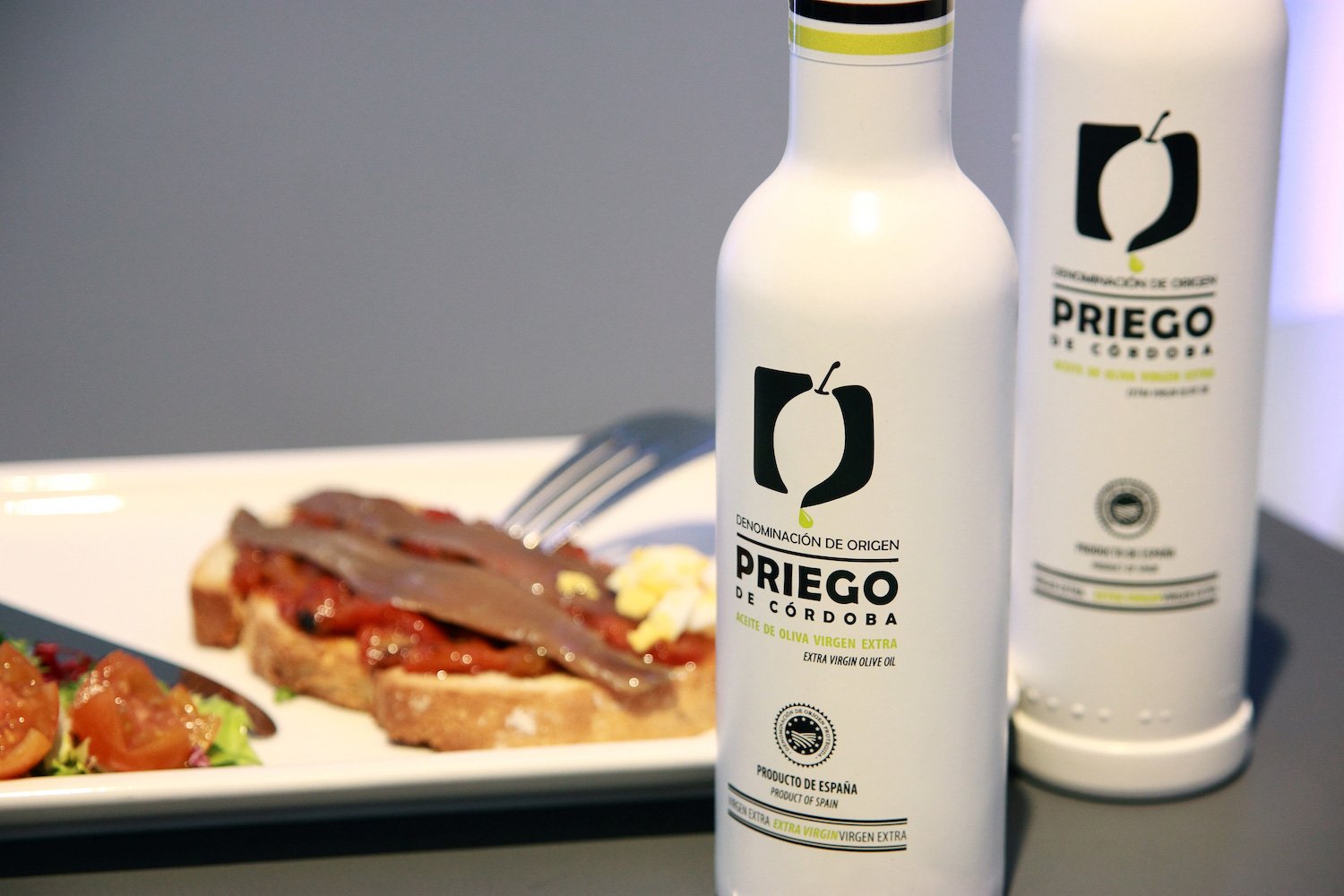
Priego de Córdoba DO
Andalucía is the world’s largest producer of olive oil and tranquil Córdoba province is behind some of the very best olive oils in Spain, which include a raft of on-the-up organic olive oils. Many of Córdoba’s finest drops come from the lively white town of Priego de Córdoba, on the eastern side of the Subbética.
Filled with spectacular Spanish Baroque architecture, Priego is famous for its liquid-gold creations from the hojiblanca, picual and picuda olive varieties, under the Denominación de Origen Protegida Priego de Córdoba. The Priego DO’s hillside olive groves date back hundreds, if not thousands, of years, with 6000 local families now tending to them. Around 50% of these trees sit over 1000m high, so most are still hand-picked in traditional style, without any big machinery. Several of the rural hotels here make their own olive oil too – and visitors can often join in during winter harvest time!
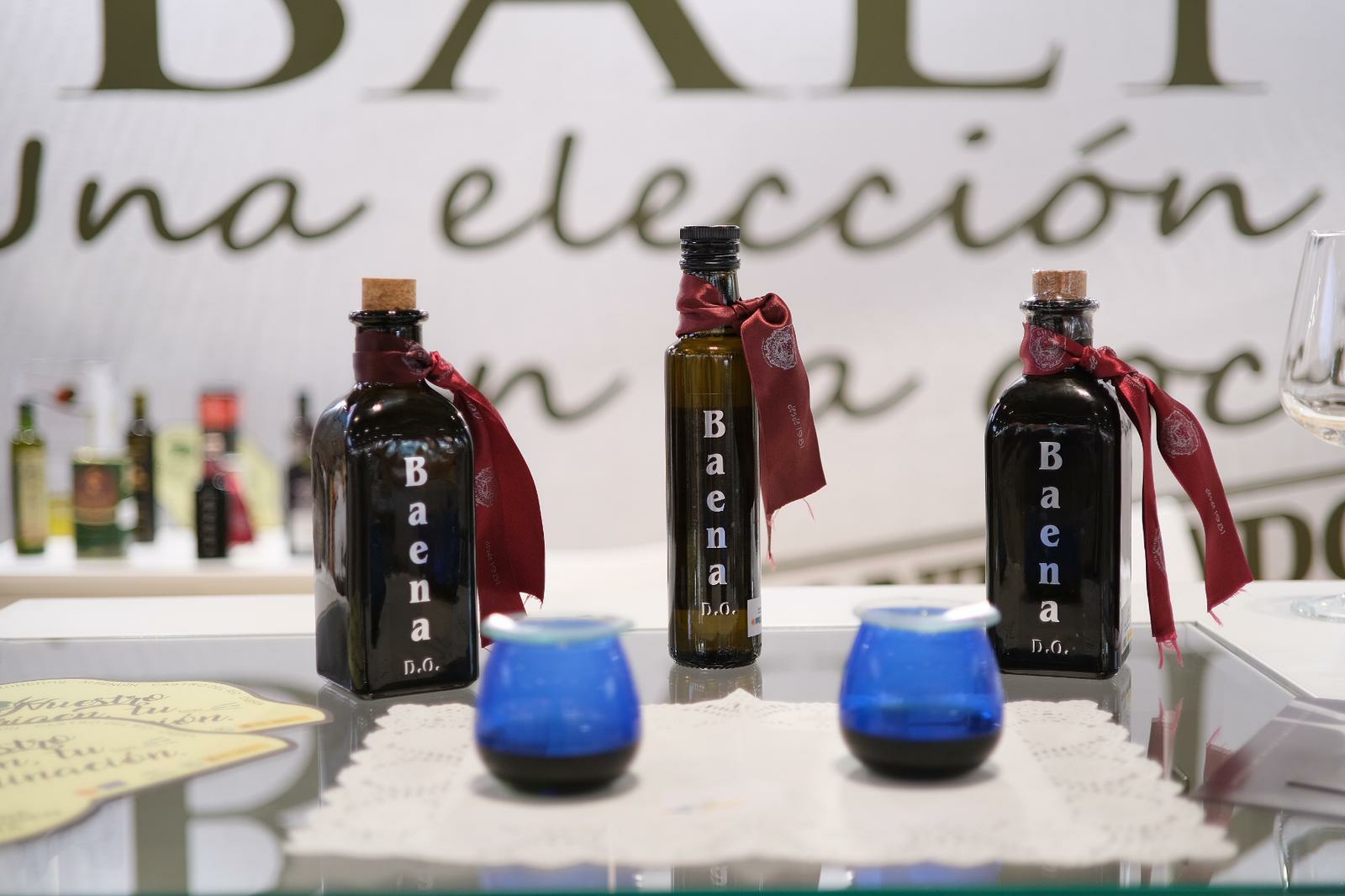
Baena DO
Rippling north from the Subbética towns of Luque, Doña Mencía, Zuheros and Cabra to the nearby market town of Baena, the Denominación de Origen Baena is another major force of Córdoba’s olive oil world. Its fruity, cold-pressed extra virgin olive oils revolve mostly around the picuda variety, though the hojiblanca, pajarero and picual olives are also hugely popular.
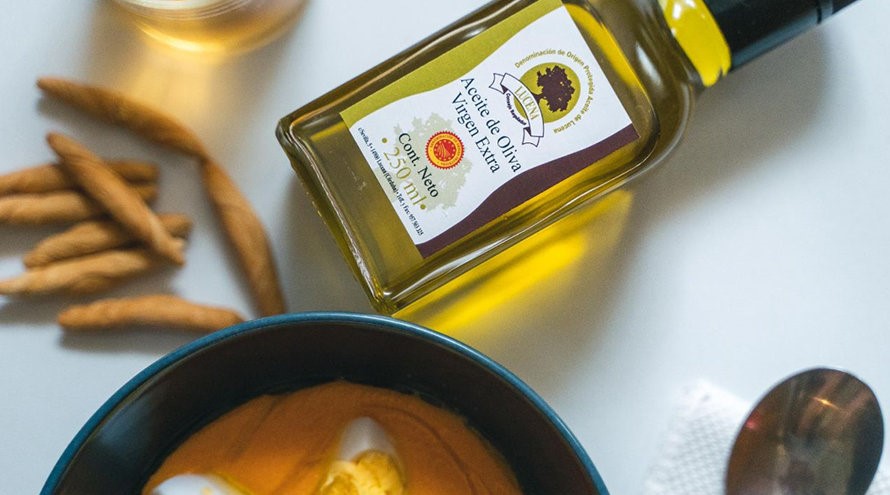
Lucena DO
Córdoba’s third prize-winning olive oil region is the Denominación de Origen Protegida Aceite de Lucena, which sprawls around the ancient town of Lucena, taking in Iznájar, Benamejí and Rute in the Subbética as well as nearby Montilla and Moriles (both celebrated for their sherry-like wines). This is the birthplace of the hojiblanca olive (also called lucentina), with other popular varieties including picual, picuda, arbequina, tempranillo and campanil. The Lucena DO’s outstanding oils are typically fresh and herby, with a fruity touch.
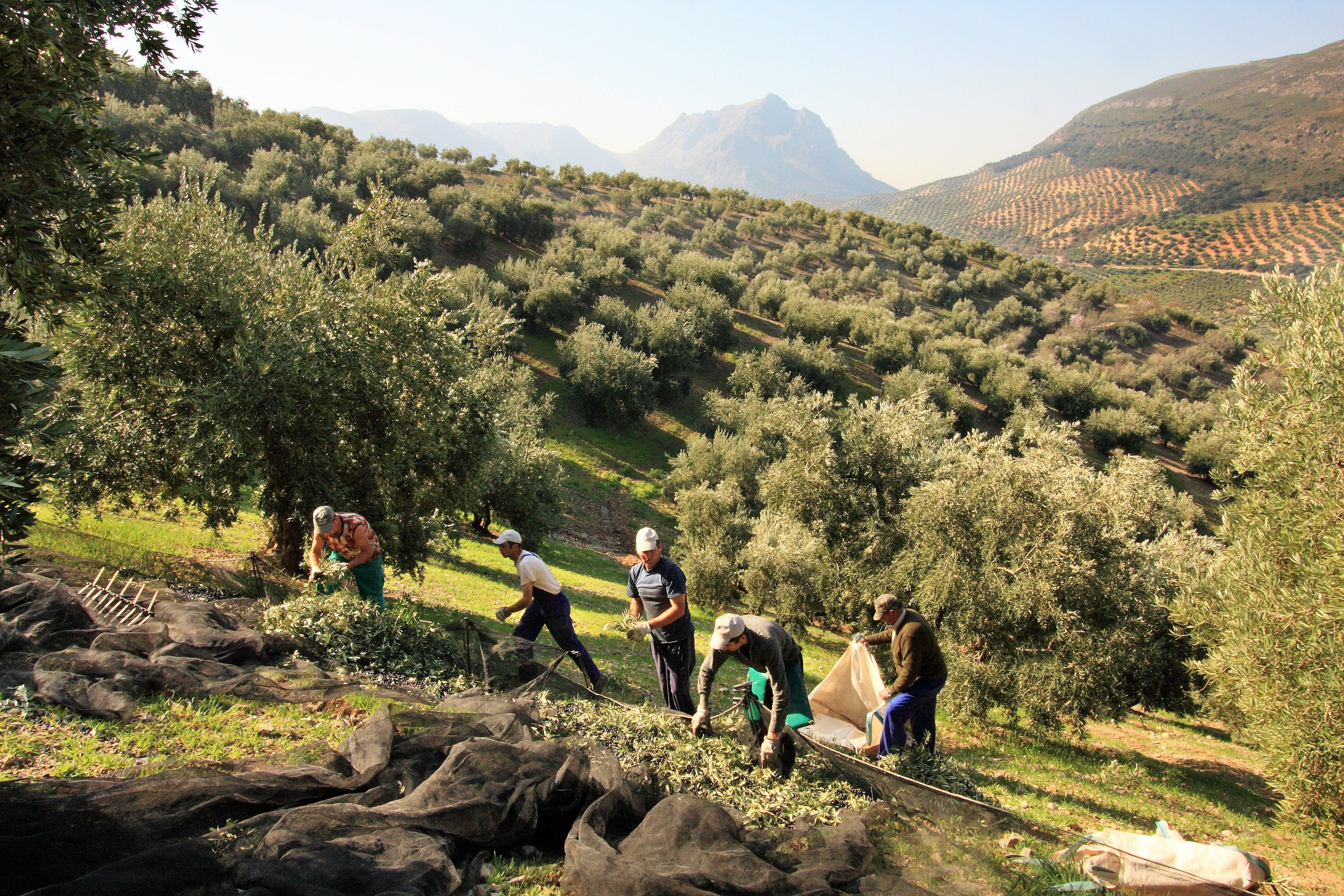
Olive oil tourism
Producer of some of the world’s best olive oil, it’s no surprise that the Subbética region is also a good option for olive oil tourism in Spain. Visits to local working olive mills, guided hikes through the olive groves, fun-filled olive oil museums and expert-led olive oil tastings tapping into regional Andalucian cuisine are just a few of the tempting oleotourism experiences on offer. You can even unravel the secrets behind beloved recipes fired by Andalucía’s olive oil on a Spanish cooking course at one of the Subbética’s lovely rural B&Bs, and many restaurants here will serve up a few varieties of olive oil for you to taste. Or how about a blissful honey-and-olive-oil massage at a boutique spa hotel?
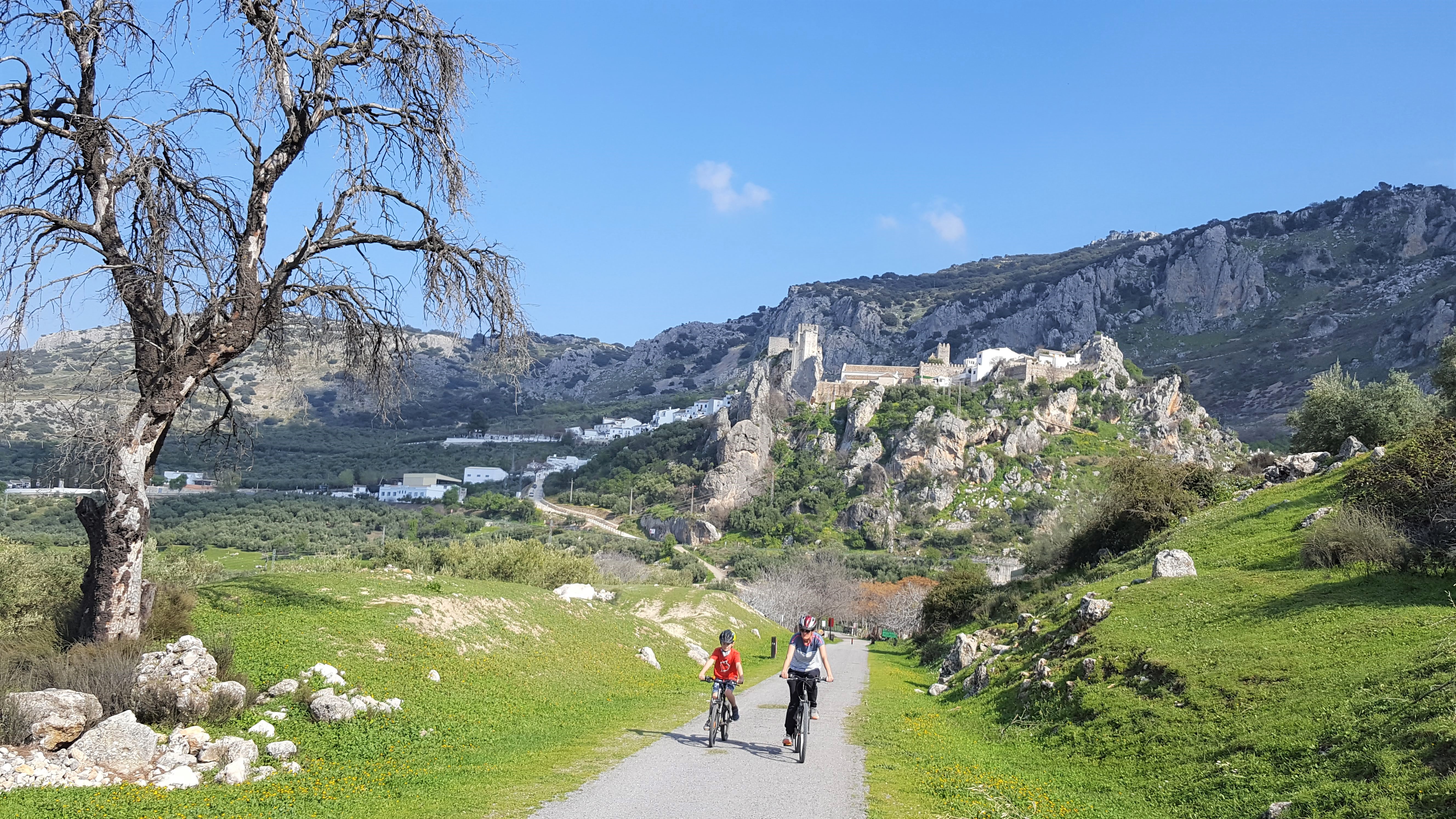
Cycling and hiking on the Vía Verde del Aceite
For a dazzling insight into just how much olive oil is made in Córdoba province, head out along the Subbética’s most beloved biking and walking route. Córdoba’s Vía Verde del Aceite is a star among Andalucía’s ingenious greenways – a collection of historical railway lines that have been reborn as easy hiking and cycling routes, with their former stations transformed into low-key hotels, restaurants, bars and bike-hire shops. You’ll be zipping through scented olive groves and across 19th-century viaducts (designed by French engineers from the Eiffel school) that skirt past delightful white villages such as Zuheros, Luque, Doña Mencía and Cabra, along the northern edge of the Parque Natural Sierras Subbéticas. Running all the way from Jaén city to Puente Genil in western Córdoba, this deliciously rural greenway makes a particularly fun adventure for family holidays in Andalucía, and it’s also accessible for wheelchair users.
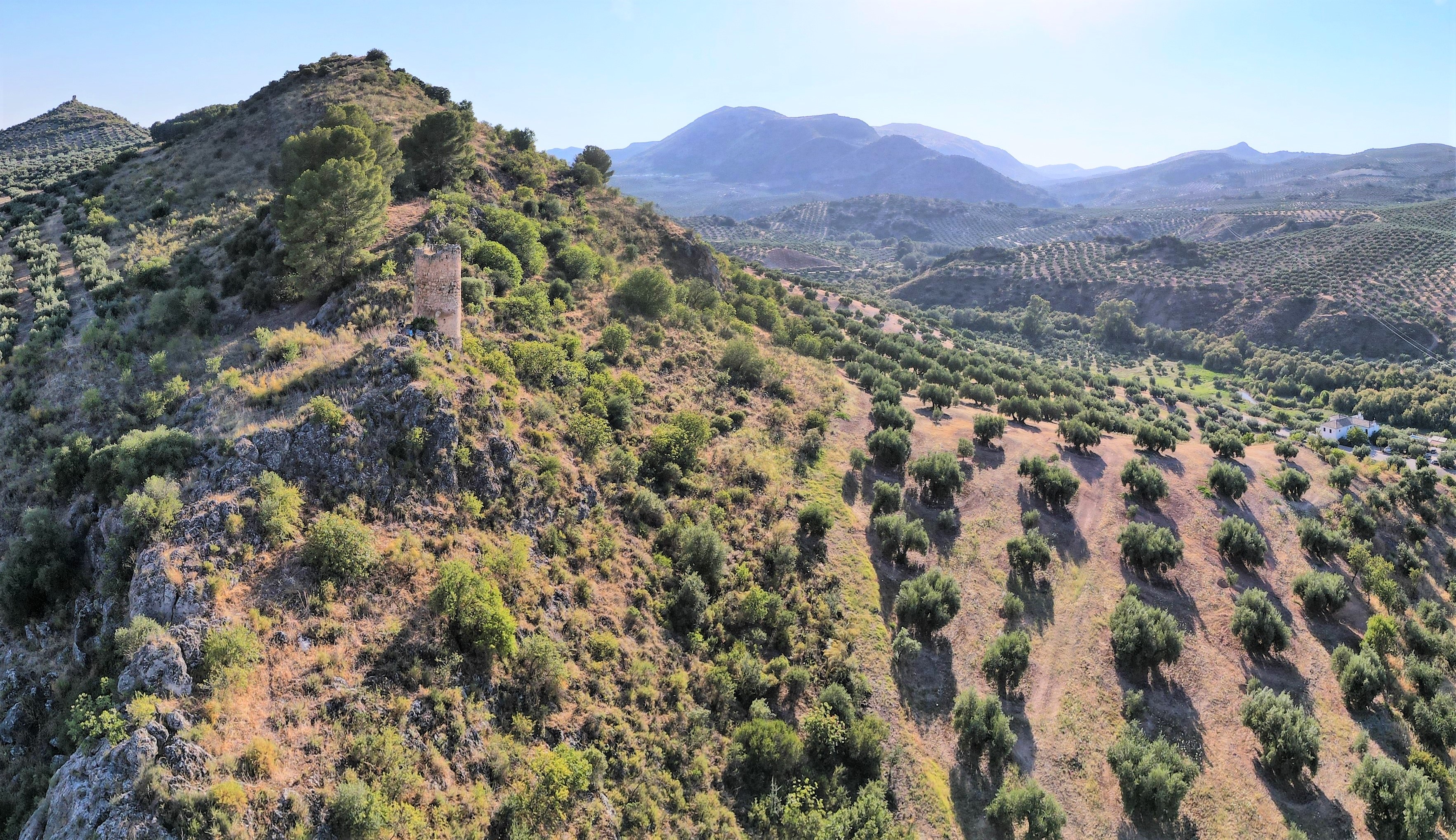
A Unesco World Heritage Site?
Andalucía’s spectacular 15,000-sq-km Mar de Olivos (Sea of Olive Trees), which sprawls across Granada, Seville, Málaga and Jaén provinces as well as Córdoba, is powering towards becoming a Unesco World Heritage Site. With official news expected in 2023, this beautiful expanse may well be joining Spain’s 48 existing Unesco-protected sites, which include close neighbours such as Granada’s Alhambra, Córdoba’s Mezquita, Antequera’s prehistoric dolmens and the Renaissance towns of Baeza and Úbeda in Jaén.




